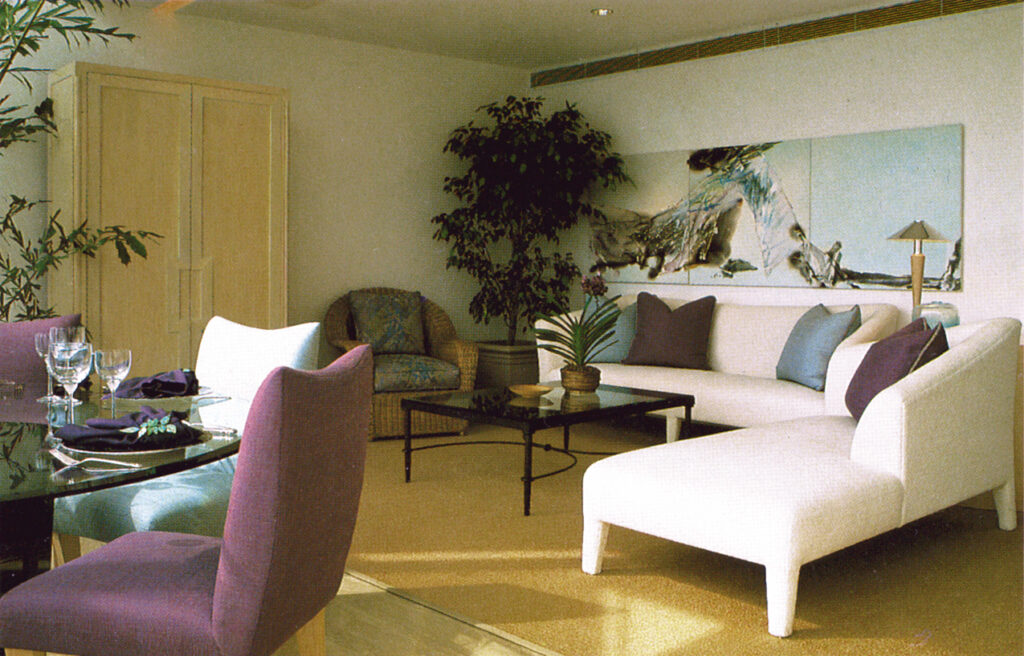
How to bring colour in to your home
If you are looking for ways to introduce colour in to your home interiors, then here are just a few suggestions for how to go about doing it.
If you have just moved in, take some time to get to know your your house. Living through different seasons will help you appreciate how the light and atmosphere of each room changes.
Make notes on the atmosphere and mood of a room, and how you want it to feel. Research colours that are associated with those moods. For example, yellow is a bright, uplifting, energising colour whereas blue is more cool, calm and collected. What time of day will you be using the room most, and for what purpose? A room for entertaining can carry off some drama whereas a bedroom should be soothing and tranquil.
A favourite piece
The colours in a favourite rug, painting or cushion could be a starting point. Once you have isolated the component colours you could feature them in larger amounts. An important painting might call for a wall colour that complements it.
Sampling
Visit a paint supplier and choose the swatches that appeal to you without over-thinking it. Paint charts are useful as they group colours in to families sharing the same tones and give safe options. Narrow down your selections in the actual spaces you want to paint, and then order sample pots to test. If you want the manufacturer to adjust the colour (add more white for example) then you should re-test the result and not assume it will work. You must test the degree of mattness / glossiness too as colours will look very different depending on how they reflect light.
History
If you are living in an older home you could research colour schemes from the era of the house. Or you could pick a particular decorating style that appeals to you such as “Bohemian” or “Mid-Century Modern”. Don’t attempt to match period colours exactly but rather choose a more updated version of the palette so your house doesn’t look dated.
All White
If you have decided that white is really the background colour you want, then consider that white rooms need to be well-lit, otherwise they can look dingy. In Queensland, this usually is not a problem due to our abundance of sunlight. There are many, many shades of white though. A white with a cool, blue undertone will suit a contemporary interior with hard edges. Warmer whites with red undertones will suit more traditional, rustic or natural schemes.
Other notes
Natural timber floors are not a “colour” as such. They will read as a neutral background unless you paint them.
Painting woodwork (skirting boards, window frames, doors and architraves) the same colour is traditional and has a unifying effect. If you want to change the trim colour room by room, it will require a bit of planning to work out the transitions.
Ceilings do not have to be painted white, but an expanse of colour on the ceiling will show up any flaws.
A good reference for sophisticated use of colour is Farrow & Ball Living with Colour by Ross Byam Shaw. Keep in mind that all the subject homes are in Britain or Europe where the light is very different to our brighter Australian sun.
Decorating with colour can be intimidating, so please get in touch if you would like my help!

